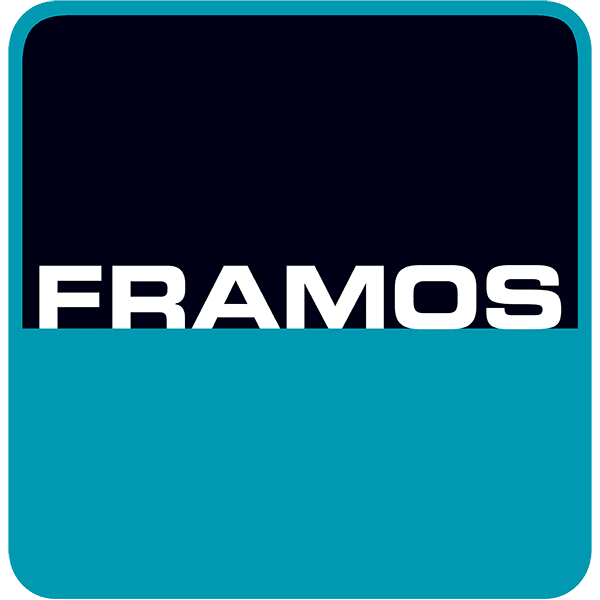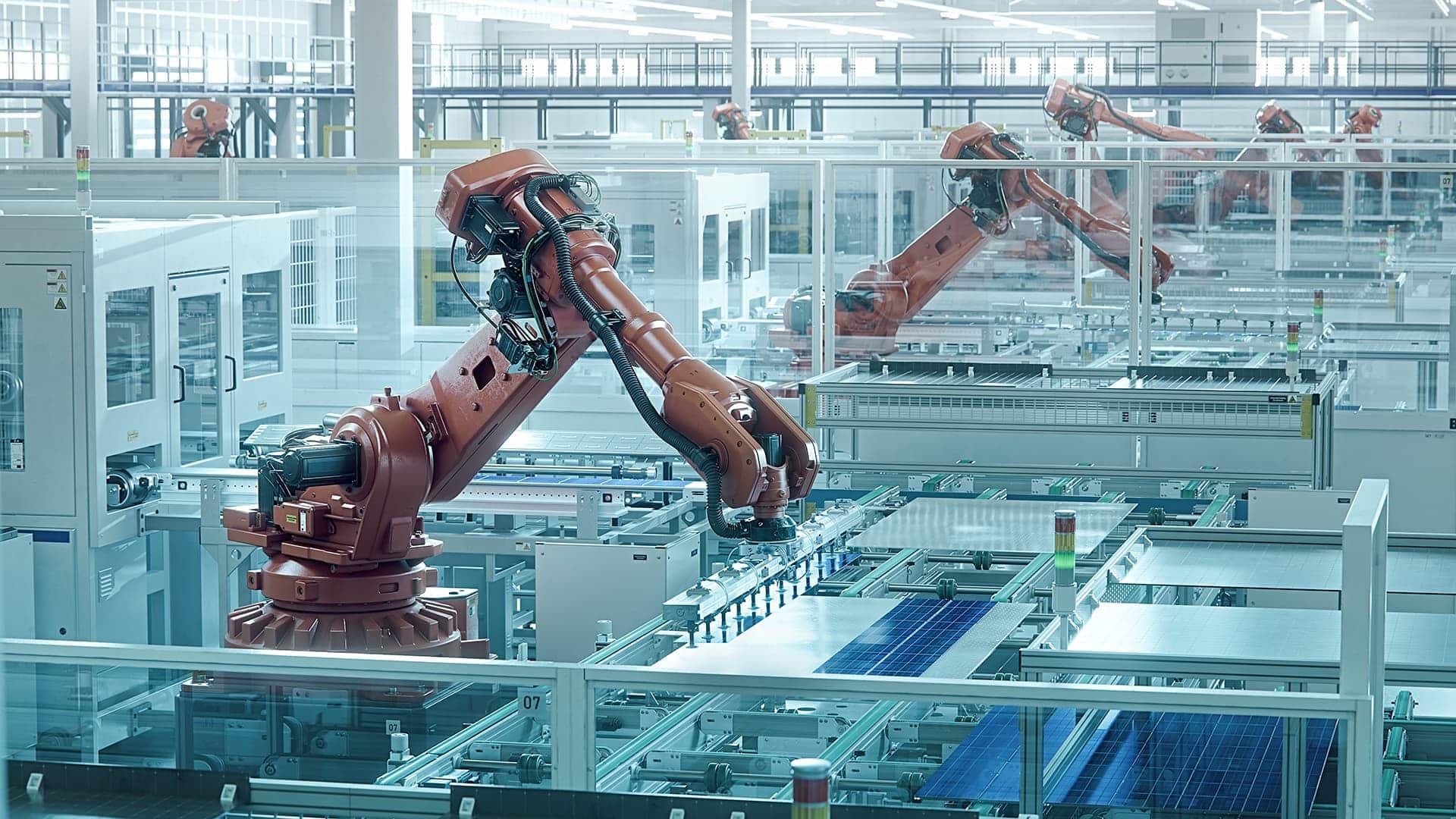At the core of industrial automation and the Internet of Things (IoT), systems are 3D cameras – technology enabling interconnected and automated processes in production lines, warehouses, and industrial facilities.
3D cameras deliver information about an object’s shape, distance, position, and degree of rotation in real-time. It enables robots to make informed decisions, select objects, handle them safely, and avoid collisions.
On top of the high-quality image and reliable, fast, and stable connection required by any vision application, industrial 3D vision solutions have another set of challenges to overcome.
A harsh industrial environment could be problematic for the sensitive electronic components of the depth cameras, and it may also put additional pressure on the connectivity of the systems.
Industrial 3D cameras need to combine sophisticated imaging modalities with robust housing, industrial-grade connectors and robust interface to provide a safe, reliable, and ruggedized 3D solution ideal for harsh environments.
Read our blog about the challenges of deploying 3D camera solutions in industrial and production environments.
Introduction to the Industrial Stereo Depth Cameras:
Advancing Vision in 3D
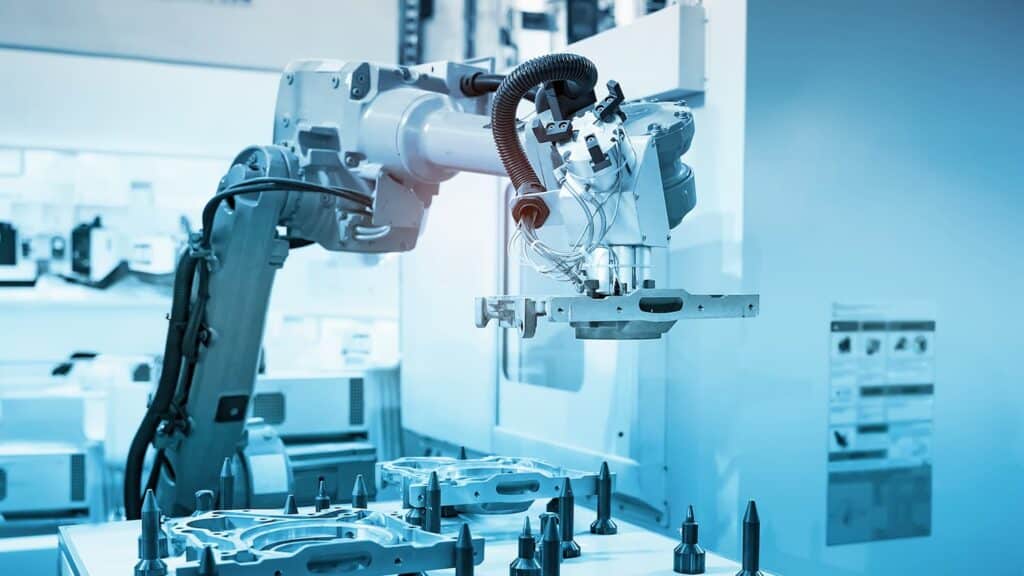
- Time-of-Flight
- Laser triangulation
- Stereo Vision
- Structured light
Each of them has its advantages and disadvantages. Stereo vision is practical, cost-effective, and works well in industrial settings. Stereo Depth cameras rely on stereo vision technology, mimicking human binocular vision. Two cameras set a few centimeters apart process images obtained through two slightly different positions.
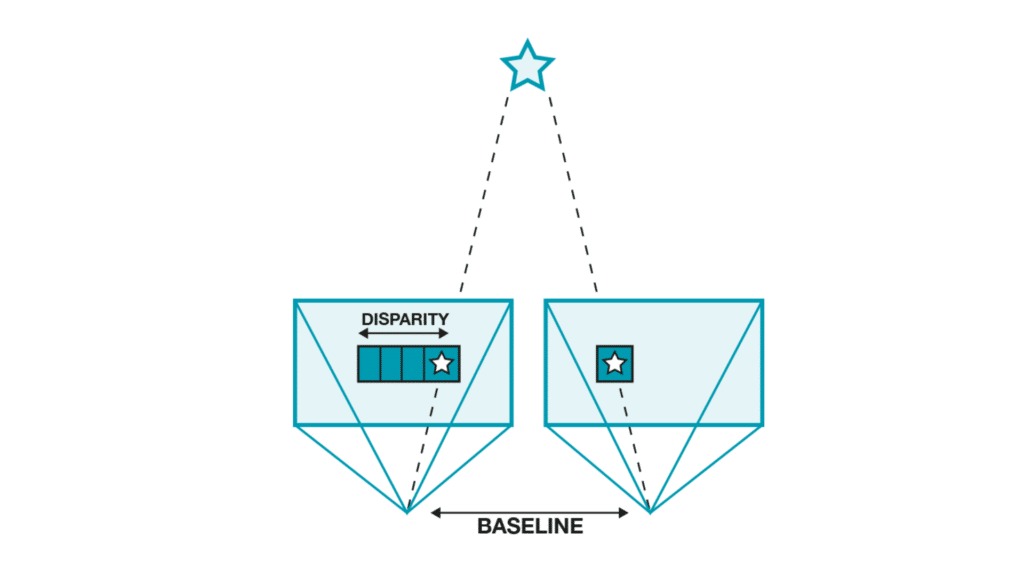
The resulting offset is used as input for calculating the depth information by using triangulation.
To refine image quality and further improve performance, most stereo depth cameras employ active sensing and include a patterned light projector to help find corresponding points on otherwise flat or featureless surfaces.
Some depth cameras, like the Intel® RealSense™ camera, also include an RGB camera sensor in order to overlay color information on the resulting depth map.
Intel® RealSense™ Stereo Depth Cameras: Unraveling the Leading Edge of 3D Imaging Technology
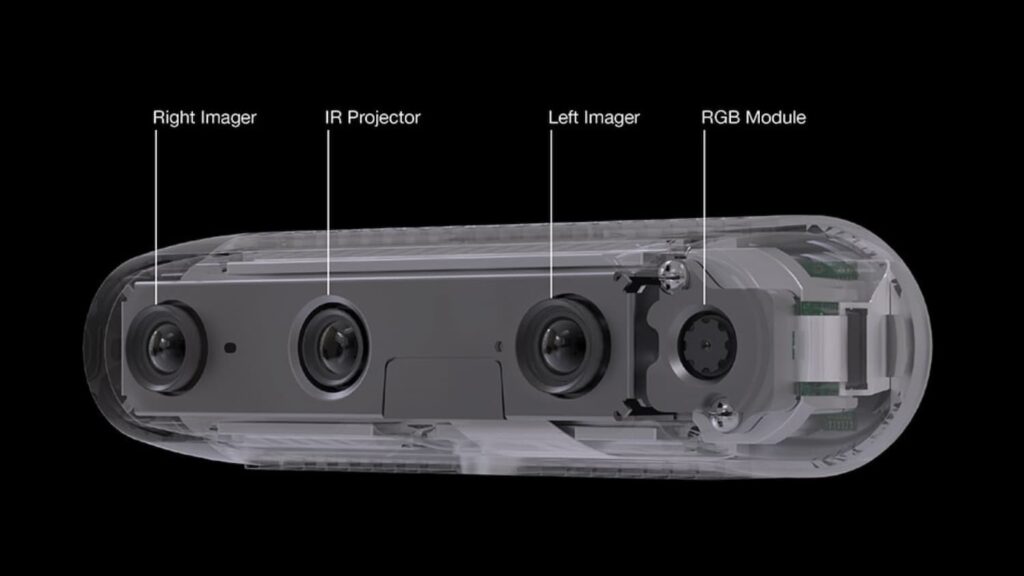
Combining powerful hardware and sophisticated algorithms that capture and process depth information with unprecedented accuracy and precision, the Intel® RealSense™ cameras stand out as the leading stereo depth 3D technology.
RealSense™ cameras have found a place in many fields, such as robotics, augmented and virtual reality, autonomous driving, traffic, facial and gesture recognition, and industrial automation, to name only a few.
High-resolution imaging capabilities provide detailed depth and color data, crucial in applications such as 3D scanning, object recognition, autonomous driving, and precise measurements in manufacturing and medical fields.
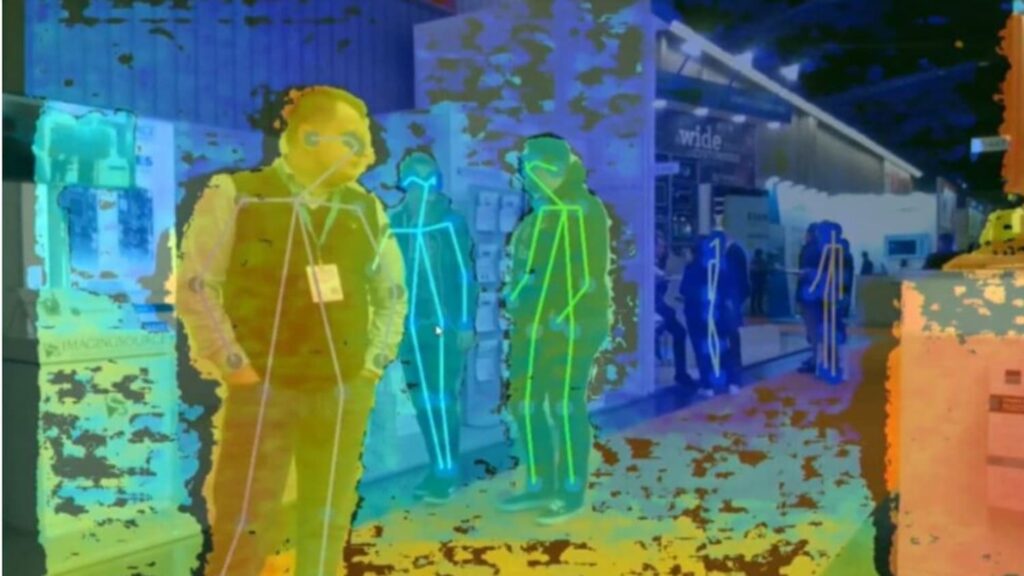
User-friendly SDKs (Software Development Kits) and well-written and comprehensive documentation make their integration and implementation hassle-free.
Finally, Intel® RealSense™ cameras are cost-effective.
The Intel® RealSense™ cameras such as D415 and D435 however, are mainly aimed for consumer indoor applications and may not be well suited to industrial environments in their current version.
FRAMOS D400e – Ruggedized RealSense™ Camera For Industrial Environments
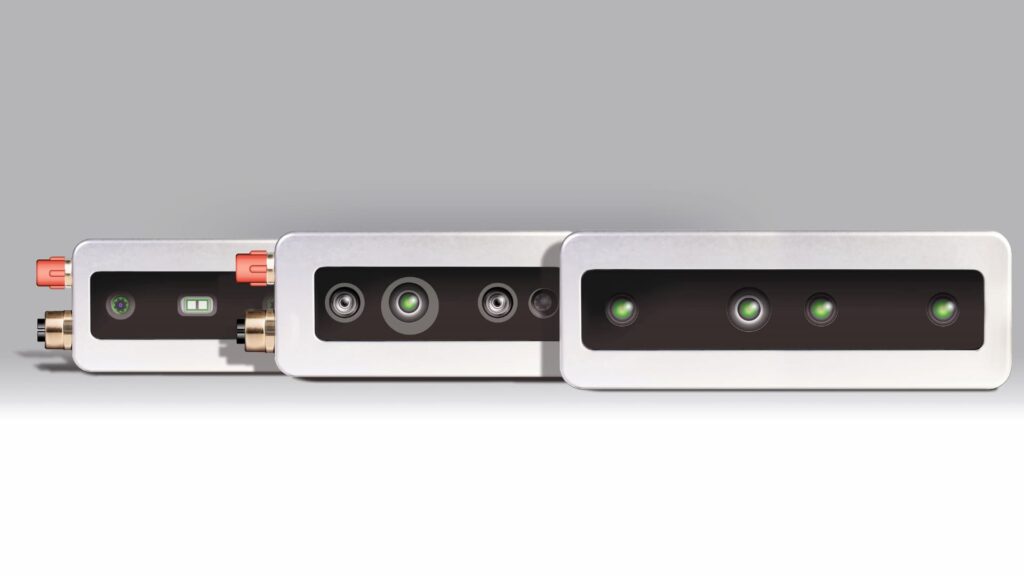
- Robust sealed housing providing IP66 protection (and on-demand IP67)
- Gigabit Ethernet with PoE (Power Over Ethernet)
- Locked cable connections with M12 and M8 plugs
FRAMOS D400e cameras provide RealSense™ cameras’ imaging quality while ensuring stable connectivity and resistance to dust, water jets, and other features necessary for industrial and manufacturing environments.
Advantages of the D400e Series Cameras
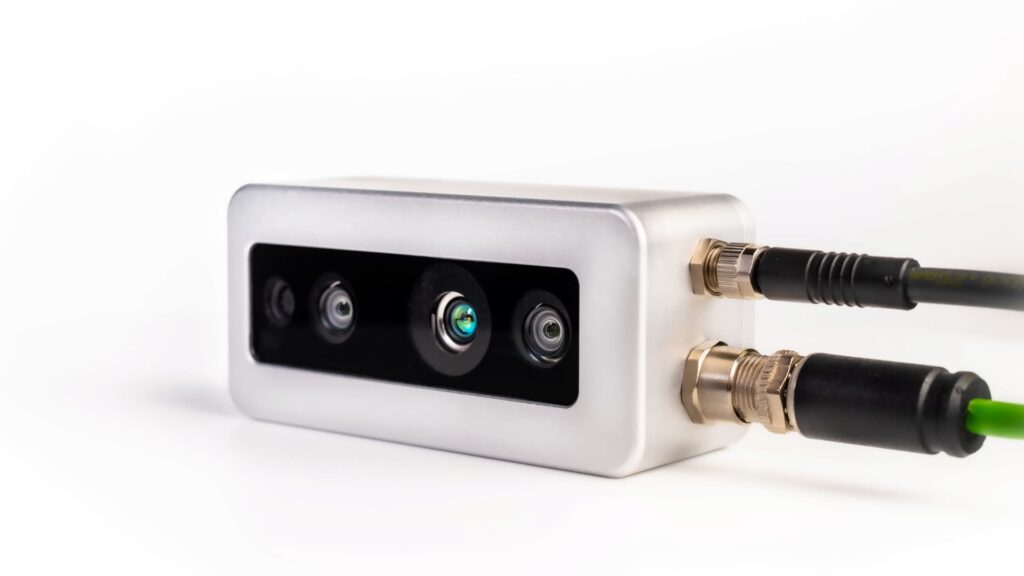
Here are the main benefits of the D400e cameras for industrial applications:
- An IP66-rated ruggedized enclosure guarantees reliable protection against dust, moisture, chemicals, and physical impacts. On-demand, we can provide an IP67-rated enclosure.
- GenICam GigE Vision (GigE) interface enables stable and latency-free data transmission through up to 100 meters long cables.
- Power supply can be provided through POE (POE=Power Over Ethernet), which reduces cable clutter, improving working conditions for people and robots equally.
- Robust M12 and M8 plugs allow deployment into the most harsh and demanding environments.
- FRAMOS D400e allows a multi-camera setup for better depth reconstruction. Multiple cameras can be networked together using off-the-shelf Ethernet switches and routers.
- Mounting the camera is easy due to its compact design and the mounting points on the backside.
Stereo Depth Cameras Applications
RealSense™ D400 Stereo Vision technology is a well-recognized 3D imaging solution. It is used in various industrial environments, from smart agriculture to automotive manufacturing, as a part of different automated processes.
Here are a few interesting use cases from our clients.
Materials Handling
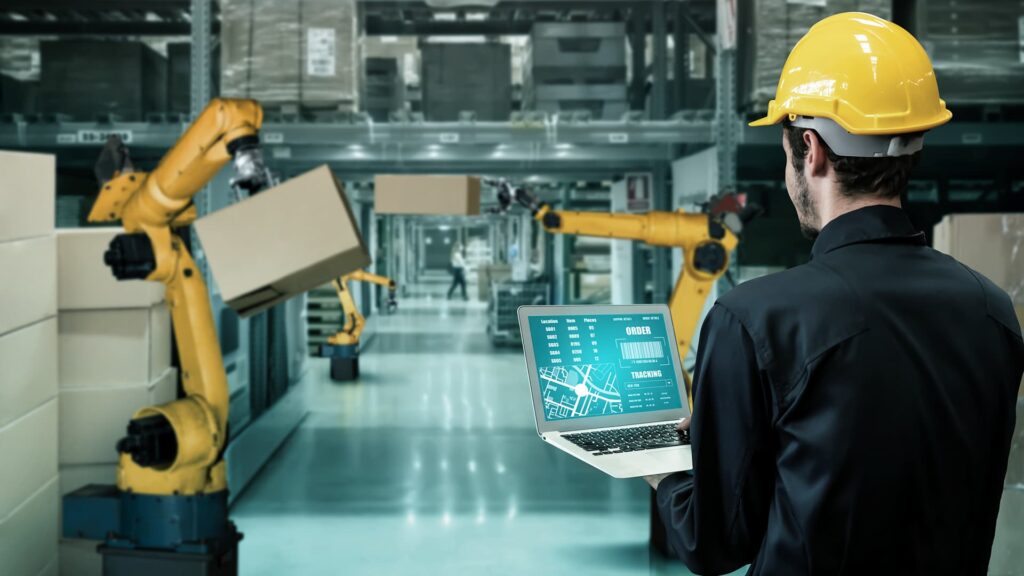
One of the most challenging problems in material handling involves robots working with heavy equipment and machinery, often in close proximity to human workers, which introduces severe risk and raises many safety concerns.
In warehouses, numerous industrial trucks and forklifts move rapidly back and forth between workers and pallets, bringing a great risk of collisions and dangers for humans. Another burden to the already complex situation is that drivers are often inexperienced and work under intense time pressure.
To improve warehouse safety, Xesol Industrial Vehicles developed Drivox® Security – a safety system for industrial vehicles that detects pedestrians and objects in the front and rear of the vehicle to prevent collisions.
The system is based on two FRAMOS industrial GigE depth cameras, D435e, fitted at the front and rear of the vehicle for three-dimensional perception, a microprocessor unit for AI-based image analysis, and a display serving as a monitor for the driver, intuitively showing him the calculation results.
Consistent and reliable real-time depth perception provides real-time inputs allowing vehicles to detect and avoid humans and other obstacles accurately.
This technology significantly reduced the risk of accidents in warehouses, ensuring safety for the people and efficient operations. Read the case study on this link.
Smart Agriculture
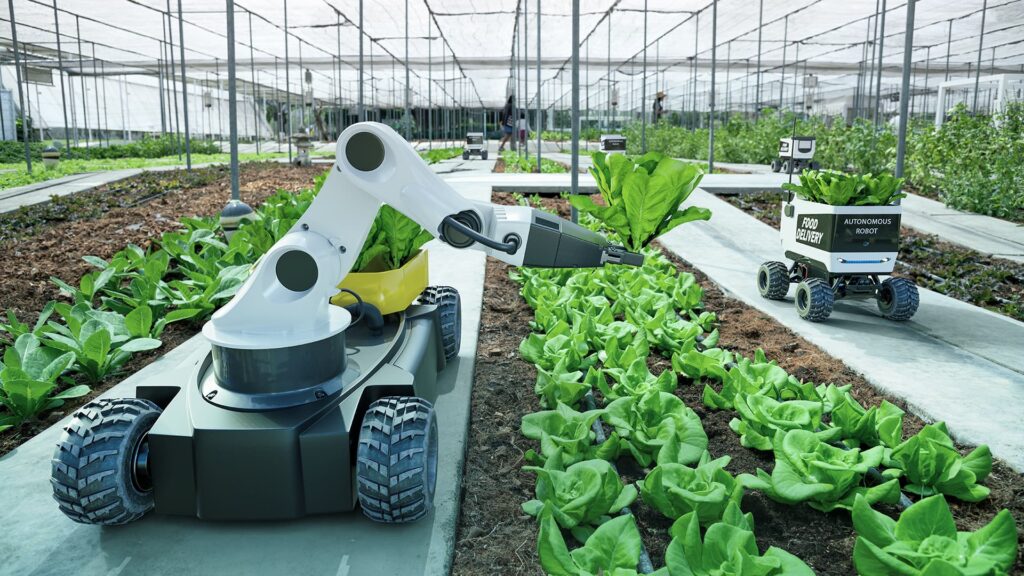
FRAMOS D400e cameras are used for three agricultural operations:
- Plant growth and health monitoring
- Navigating vehicles on the farm
- Harvesting
When combined with 2D RGB or NIR imaging, depth data contributes to agriculture productivity and sustainability on multiple levels.
It helps reduce pesticide usage, improves guiding machinery while avoiding obstacles like plants, and allows automated picking machines to assess a fruit’s ripeness for efficient harvesting accurately.
For more information, check our whitepaper out using FRAMOS D400e in agriculture.
Robotics and Automation
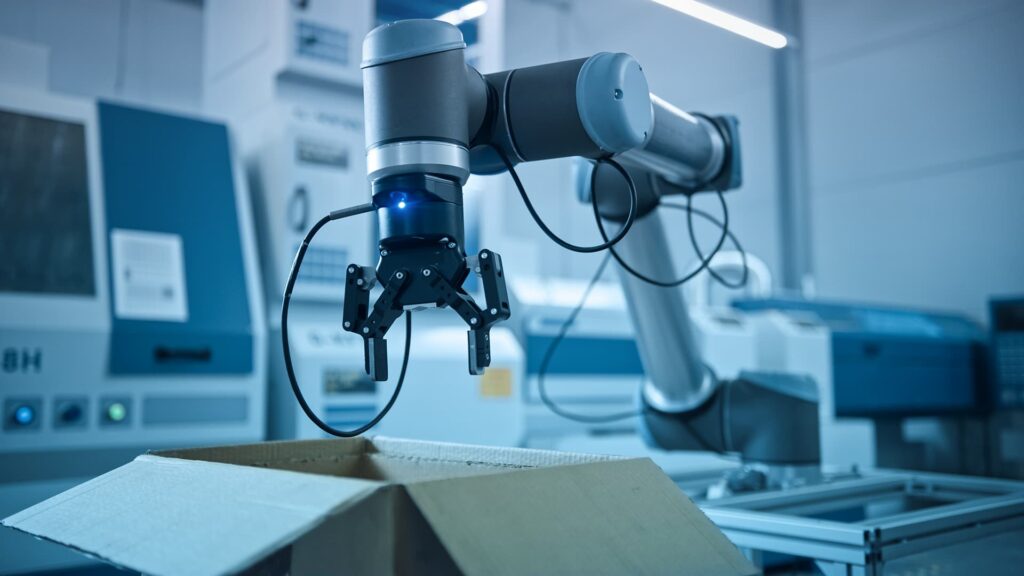
Depth cameras are essential in robotics and automation for object detection, obstacle avoidance, autonomous navigation, pick-and-place operations, human-robot interaction, and various other applications.
A great use case in this market segment is the implementation of Autonomous Ground Vehicles (AGV) tractors in agriculture to enhance both the safety of the people in the greenhouse and operation efficiency.
Cyberworks Robotics collaborated with their client, Fernlea Flower, to develop self-driving tug tractors for their greenhouses.
Using stereo vision technology, they retrofitted existing vehicles and developed a cloud-based fleet management.
That allows operators to track and control each vehicle in the fleet remotely, optimizing logistical operations and increasing daily order fulfillment while increasing safety and reducing labor costs.
Read the case study here.
Automotive Manufacturing
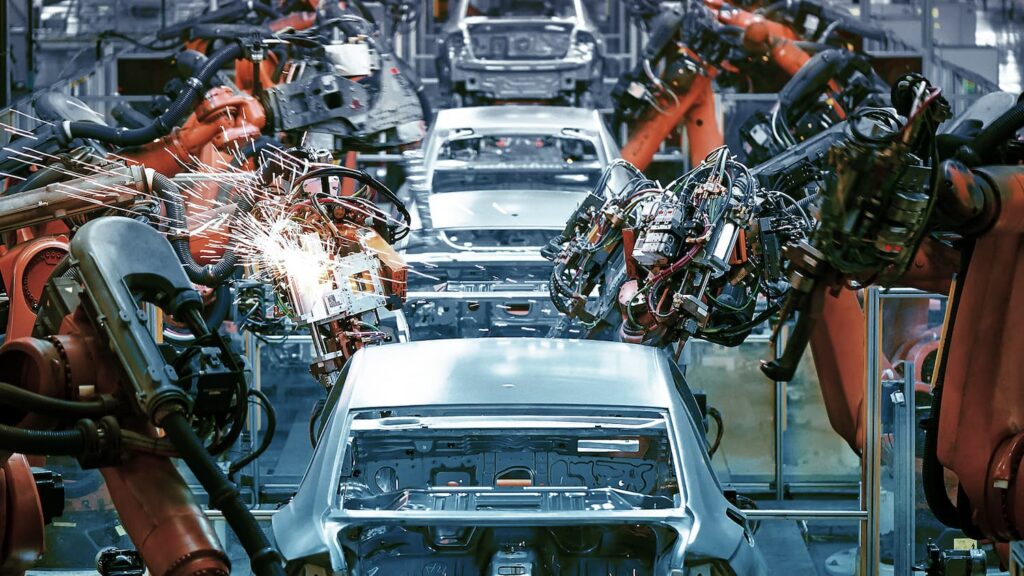
Automotive manufacturing demands precision and speed in tasks such as bin picking and palletization in automotive assembly lines.
By utilizing the D400e Cameras, BMW created robots that can accurately identify and pick components from bins and place them precisely onto pallets.
The cameras’ high-resolution depth sensing enables robots to adapt to varying part geometries and sizes, making the process seamless and efficient.
Learn more about stereo vision, D400e Industrial Depth Cameras and other 3D technologies
Designed to perform in harsh industrial settings, FRAMOS D400e Industrial Depth camera comes with a ruggedized IP66-rated enclosure protecting against dust, water jets, chemicals, and impacts.
The GigE Interface ensures stable and latency-free data transmission up to 100 meters (about 328.08 ft) while robust IP67-rated M12 and M8 connectors safeguard the connection.
Power of Ethernet (PoE) technology can also reduce cable clutter by supplying the power to the camera on the same cable that carries the data.
The combination of highly sophisticated Intel®’s RealSense™ vision technology and ruggedized housing, robust connectivity, and GigE interface have proved to be a winning combination in factories, greenhouses, and warehouses worldwide.
Read more about depth cameras and other 3D technologies such as Structured Light, Stereo Vision, LiDAR, dToF and iToF.
Please follow this link for detailed information about our depth-sensing products and services.
Intel, the Intel logo, and Intel RealSense are trademarks of Intel Corporation or its subsidiaries.
